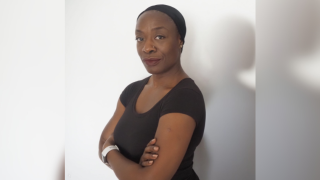Through this 5G high-band commercial deployment, Etisalat will be able to deliver high performance 5G downlink data speeds of 4.2Gbps and a latency of 8 milliseconds.
“Etisalat has always been at the forefront of the telecom industry, and we continuously work to provide our customers with the best possible digital experience,” said Haitham AbdulRazzak, chief technology officer, Etisalat.
“This deployment is in line with our overall vision to ‘Drive the digital future to empower societies’ empowering our customer with the experience of ultrahigh quality 5G connectivity. Moving ahead we look forward to expanding this technology further on demand for all customer segments.”
Leadership across the UAE has been a driving force in the acceleration digitalisation across the region along with the telecom regulatory authority Telecommunications and Digital Government Regulatory Authority (TDRA) becoming one of the first to allocate mmWave spectrum to be used for 5G deployment.
“We are proud to have introduced 5G mmWave as part of the UAE’s digital infrastructure,” said Saeed Alzarouni, senior vice president of mobile network, Etisalat.
“Etisalat is always working towards providing the best and ensuring the latest technology is available to all our customers. The partnership with Ericsson is a key milestone in our 5G journey that will support the automation and massive bandwidth demands of futuristic technologies and advanced use cases.”
Due to the high spectrum and capacity of 5G mmWave, it is ideal for Fixed Wireless Access (FWA) to deliver fast, fibre-like internet speeds wirelessly over the last mile, as well as for densely populated locations such as stadiums, malls and large indoor events that require high peak rates. It also includes wide spectrum segments available for 5G along with lower latencies.
“We look forward to supporting Etisalat in harnessing the opportunities that new technologies like 5G can present for the people of the UAE,” added Ekow Nelson, vice president and head of global customer unit Etisalat at Ericsson Middle East and Africa.
“In combination with established solutions, such as Fixed Wireless Access, largely untapped mmWave frequencies can help meet the increased demands for high-quality connectivity while facilitating exciting use cases from advanced video streaming and online gaming with augmented and virtual reality experiences to industrial IoT and smart factories.”
5G radio frequency ranges were widened to meet the need for enhanced mobile broadband and performance. The 5G radio frequencies now include all those previously held by 4G, as well as more frequencies up to 6GHz (Sub-6) and the high-band (mmWave) spectrum beyond 24GHz.






